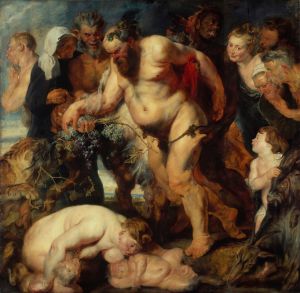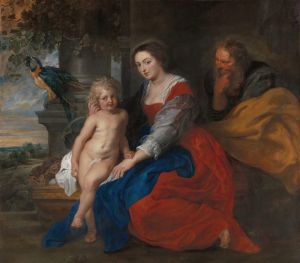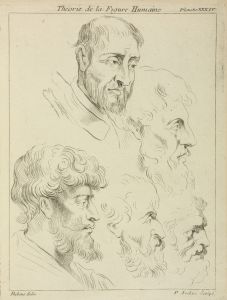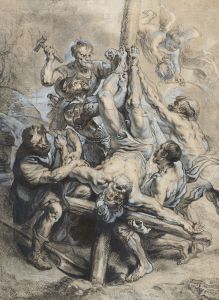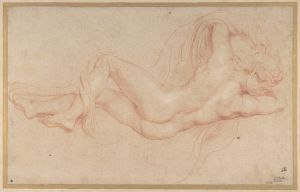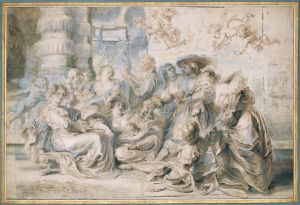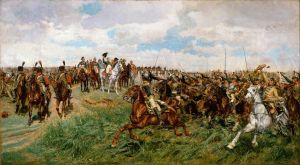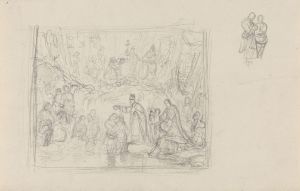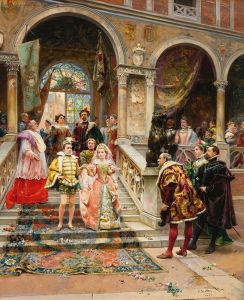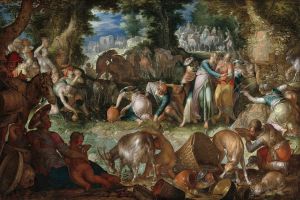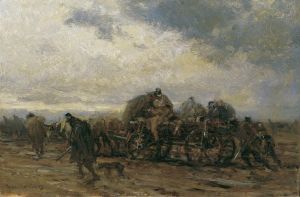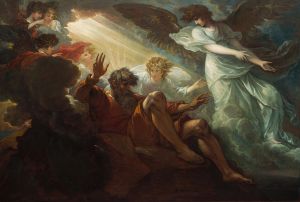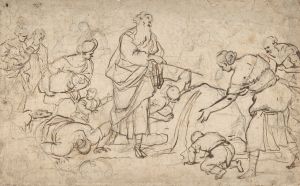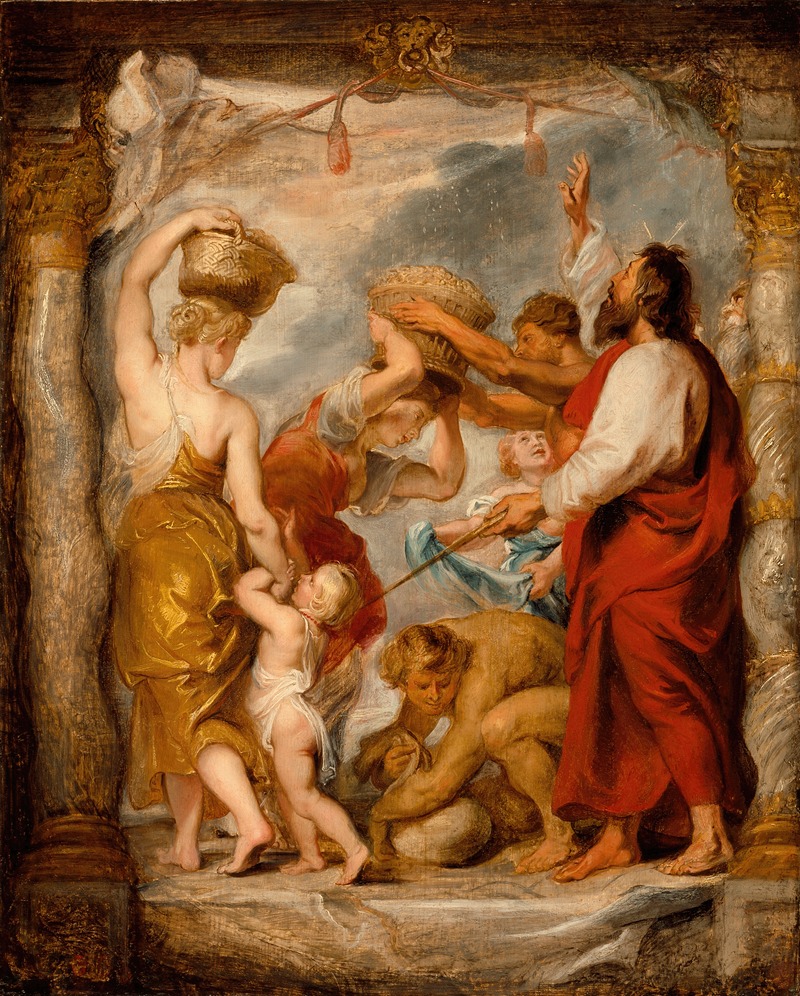
The Israelites Gathering Manna in the Desert
A hand-painted replica of Peter Paul Rubens’s masterpiece The Israelites Gathering Manna in the Desert, meticulously crafted by professional artists to capture the true essence of the original. Each piece is created with museum-quality canvas and rare mineral pigments, carefully painted by experienced artists with delicate brushstrokes and rich, layered colors to perfectly recreate the texture of the original artwork. Unlike machine-printed reproductions, this hand-painted version brings the painting to life, infused with the artist’s emotions and skill in every stroke. Whether for personal collection or home decoration, it instantly elevates the artistic atmosphere of any space.
The Israelites Gathering Manna in the Desert is a painting by the Flemish Baroque artist Peter Paul Rubens. Created around 1626–1628, the work depicts a biblical scene from the Book of Exodus in the Old Testament, where the Israelites, during their journey through the desert, collect manna provided by God to sustain them. This subject was a popular theme in Christian art, symbolizing divine providence and prefiguring the Eucharist in Christian theology.
The painting showcases Rubens' mastery of dynamic composition, dramatic lighting, and emotional expression. The figures in the artwork are rendered with a sense of movement and vitality, characteristic of Rubens' style. The scene is populated with men, women, and children, all engaged in gathering manna, with some figures looking toward the heavens in gratitude. The artist's use of vibrant colors and rich textures enhances the dramatic and spiritual intensity of the scene.
Rubens was known for his ability to convey complex narratives through his art, and this painting is no exception. The composition is carefully structured to guide the viewer's eye across the canvas, emphasizing the communal effort of the Israelites and their reliance on divine intervention. The figures are depicted in a variety of poses, from kneeling and reaching to standing and gesturing, creating a sense of immediacy and realism.
This painting is part of Rubens' broader body of work that often drew on biblical and mythological themes. It reflects the Counter-Reformation emphasis on religious imagery as a means of inspiring faith and devotion. Rubens, a devout Catholic, frequently incorporated theological symbolism into his works, aligning with the Church's efforts to reaffirm its doctrines during this period.
The exact location of The Israelites Gathering Manna in the Desert is not universally agreed upon, as Rubens created multiple works on similar themes, and some have been attributed to his workshop or collaborators. However, one version of this painting is housed in the Israel Museum in Jerusalem. The painting's provenance and history of ownership provide insight into the circulation of Rubens' works across Europe and beyond.
Rubens' influence on Western art is profound, and this painting exemplifies his ability to merge technical skill with profound storytelling. It remains a significant example of Baroque religious art and continues to be studied and admired for its artistic and historical value.





